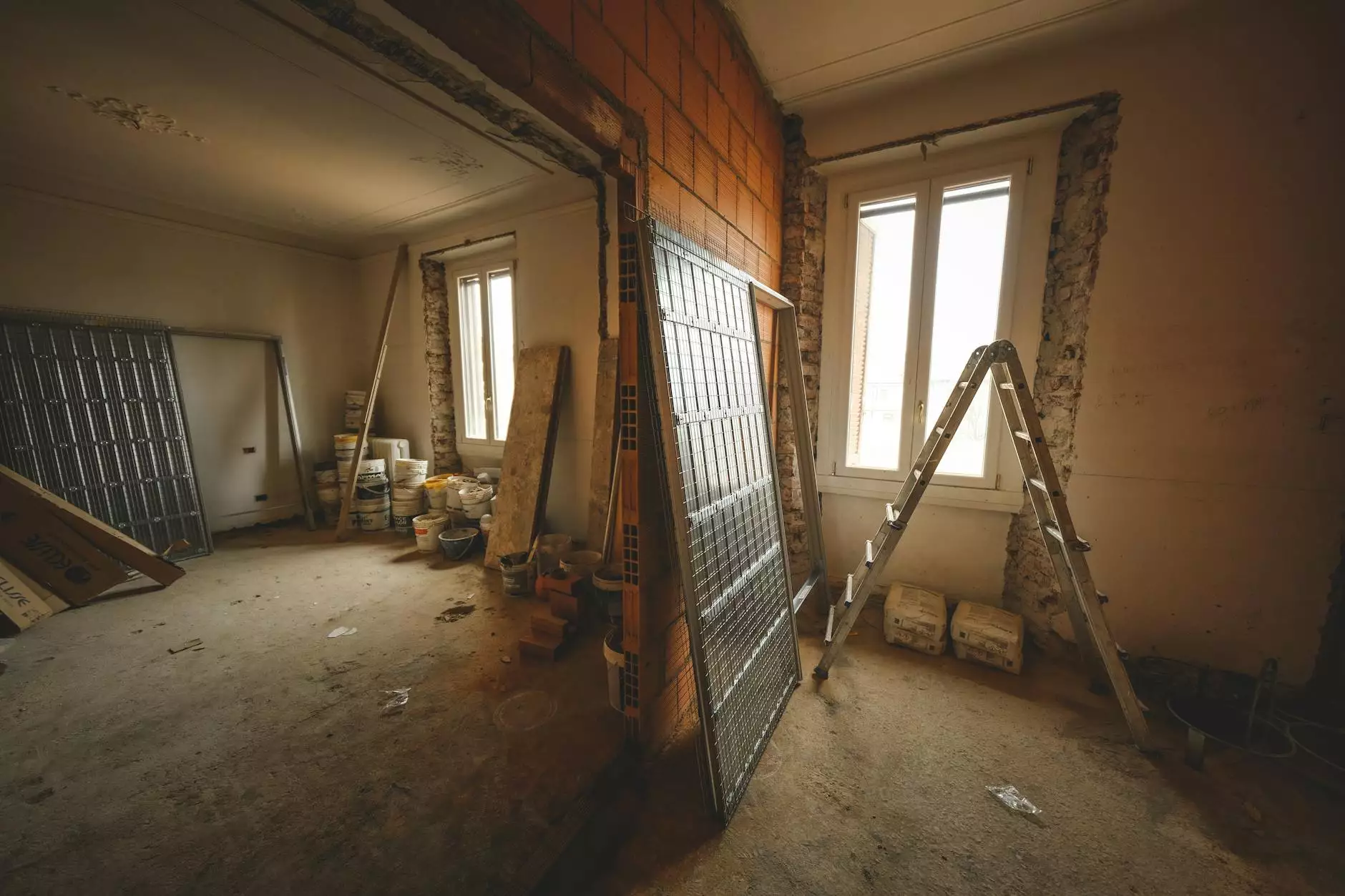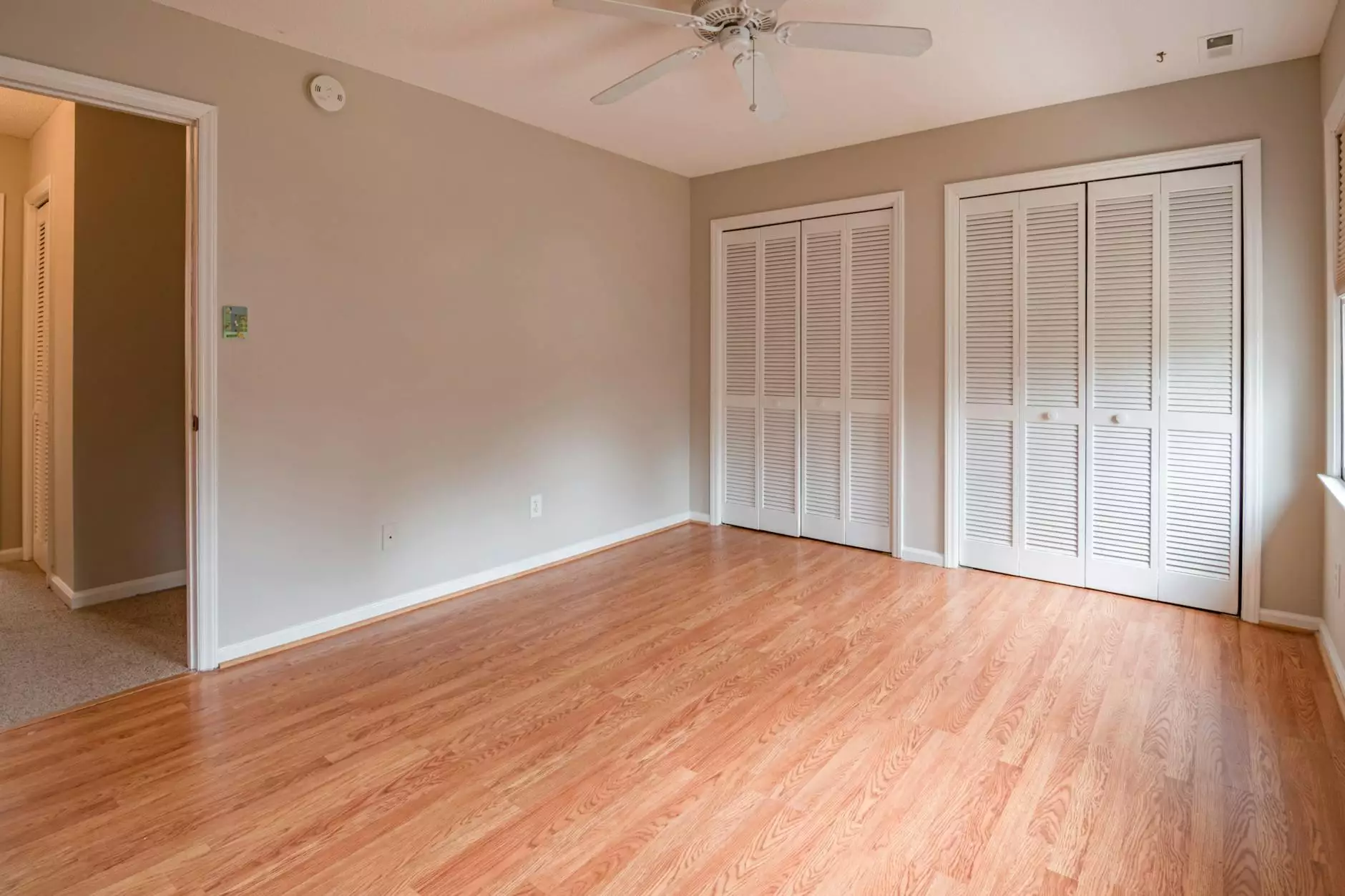The Ultimate Guide to Swimming Pool Plastering

When it comes to maintaining and enhancing the beauty of your backyard oasis, swimming pool plastering plays a vital role. Understanding the intricacies of this process can empower homeowners to make informed decisions that boost aesthetics and longevity of their pools.
What is Swimming Pool Plastering?
Swimming pool plastering is the process of applying a finishing coat of plaster to the interior surface of the pool. This not only provides a smooth finish but also acts as a protective barrier against the elements. The plaster is generally composed of a mixture of cement, sand, and water, often enriched with additives for better durability and aesthetics.
Benefits of Swimming Pool Plastering
Investing in swimming pool plastering offers several benefits:
- Enhanced Aesthetics: A freshly plastered pool provides a clean, attractive look that enhances your backyard's overall appeal.
- Increased Durability: Quality plastering extends the life of your pool by resisting wear and tear from sunlight, water chemicals, and environmental impacts.
- Better Water Retention: A properly applied plaster helps seal the pool, reducing leaks and potential water loss.
- Improved Safety: A smooth plaster finish can reduce the risk of injuries from rough surfaces.
Types of Swimming Pool Plaster
There are several types of plaster available, each offering unique features:
1. Standard White Plaster
This is the most common type of plaster used in pools. It’s made from white cement and marble dust, providing a bright and clean finish. However, standard white plaster may require more frequent maintenance and repairs.
2. Colored Plaster
Colored plaster contains pigments that can range from light shades to deep, rich hues. This type of plaster allows homeowners to customize their pool's appearance, adding an element of personalization – enhancing the overall aesthetic appeal.
3. Quartz Plaster
Quartz plaster combines traditional plaster with crushed quartz for added strength and a unique texture. This type is more durable and resistant to staining, making it a popular choice for those looking for longevity.
4. Aggregate Plaster
This plaster includes aggregate materials, such as glass beads or pebbles, which create a more stunning appearance and additional durability. Aggregate plaster can also provide a more slip-resistant surface, enhancing pool safety.
Choosing the Right Pool Plaster
When choosing the right type of plaster for your pool renovation project, consider the following factors:
- Pool Usage: If your pool experiences heavy use, opt for a more durable plaster like quartz or aggregate.
- Aesthetic Preferences: Think about the look you want to achieve. Colored plaster can add vibrancy, while quartz or aggregate options can create unique textures.
- Budget: Cost can vary significantly among different types of plaster, so determine your budget beforehand.
Preparing for Swimming Pool Plastering
Proper preparation is crucial for a successful plastering job. Here’s a step-by-step guide to get you started:
- Drain the Pool: Ensure that your pool is fully drained to allow easy access to the interior surfaces.
- Clean the Surface: Thoroughly clean the pool walls and floor, removing any debris, algae, or old plaster.
- Repair Cracks: Inspect the existing structure for cracks or damage and repair them before applying new plaster.
- Roughen the Surface: Use a chisel or grinder to roughen the pool surface. A properly prepared surface helps the new plaster adhere better.
- Consult a Professional: While DIY is tempting, hiring a professional can ensure that the job is done correctly, especially for larger or deeper pools.
The Plastering Process
The plastering process involves several critical steps and requires skill and precision. Here’s how professionals typically perform swimming pool plastering:
- Mixing the Plaster: The plaster is mixed as per the manufacturer’s instructions, ensuring the right consistency for application.
- Initial Application: The plaster is applied to the pool wall using a trowel, ensuring even coverage across all surfaces.
- Smoothing the Surface: After application, the plaster is smoothed out to create a uniform finish.
- Curing: Allow the plaster to cure properly, usually for a minimum of 5-7 days, depending on the manufacturer's guidelines.
Post-Plastering Maintenance
After plastering your pool, proper maintenance is essential to maximize the lifespan and appearance of the finish:
- Avoid Using Pool Chemicals: Refrain from using harsh chemicals immediately after plastering; wait several weeks as the plaster cures.
- Regular Cleaning: Keep the pool clean to prevent staining and algae growth. Use a soft brush to avoid scratching the new surface.
- Monitor Water Chemistry: Regularly check and balance the pool's pH and chlorine levels to ensure a safe swimming environment and protect the plaster.
Conclusion
In conclusion, swimming pool plastering is an imperative aspect of pool maintenance and renovation that can drastically impact your swimming experience and property value. By understanding the types of plaster, benefits, application process, and maintenance requirements, you are equipped to make informed decisions regarding your pool. For top-notch plastering services, contact us at Pool Renovation. We specialize in delivering exceptional results that not only beautify your pool but also enhance its durability.
Whether you are considering new installations or need professional help for your renovation, our dedicated team is here to assist you every step of the way. Invest in your home's luxury and comfort by prioritizing your swimming pool's health today!









